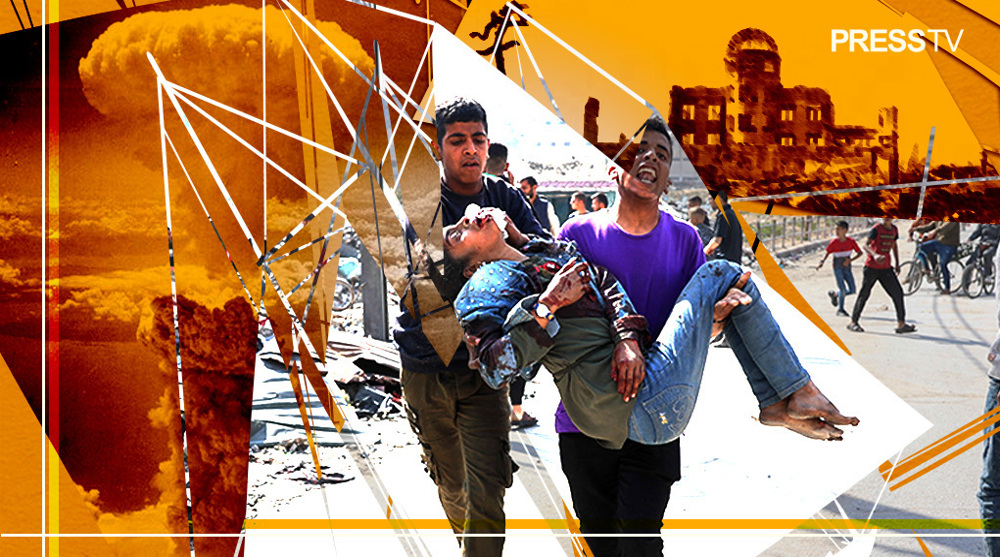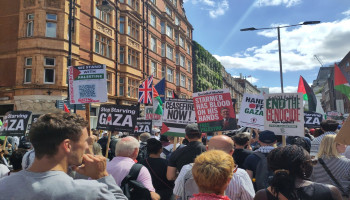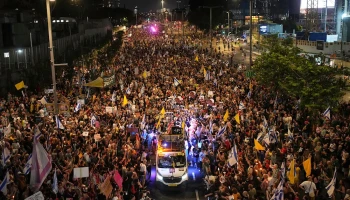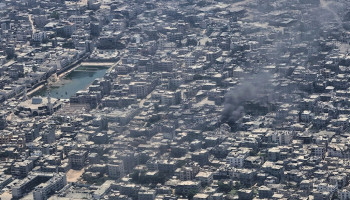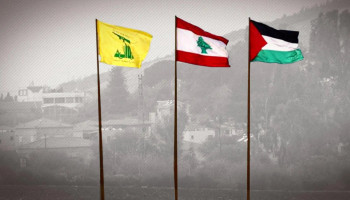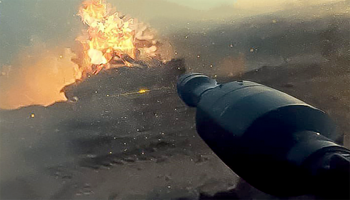By Humaira Ahad
In August 1945, the Japanese cities of Hiroshima and Nagasaki became synonymous with annihilation. Two US atomic bombs levelled them, killing over 200,000 people.
Eighty years later, another place is being seared into global memory, Gaza, a narrow strip of land whose bombardment is shattering historical precedents.
Figures from military analysts, human rights organisations, and independent journalists suggest that the scale of explosives dropped on Gaza exceeds the destructive force unleashed on Hiroshima and Nagasaki, multiple times over.
Military analyst and University of Bradford Emeritus Professor Paul Rogers compared the cumulative devastation in Gaza to both World War II aerial campaigns and nuclear history.
Six Hiroshimas in Gaza
“If you look at the total tonnage of weapons dropped, mainly bombs, but missiles and tens of thousands of artillery shells, you get a total of something like 70,000 tonnes of explosives. Hiroshima was about 12 kilotons, so we are talking about the equivalent of six Hiroshimas,” Rogers said in an interview in April.
In late April, Euro-Med Human Rights Monitor estimated that approximately 70,000 tons of bombs were dropped on Gaza, covering the period between October 7, 2023, and April 24, 2025.
"It is estimated that Israel has dropped more than 70,000 tons of explosives on the Gaza Strip in addition to its bulldozing operations, destroying all buildings at a distance of up to one kilometer in the east and north of the Strip to create a so-called buffer zone," the Geneva-based human rights monitor organization said.
By early December 2023, an analysis published in the Financial Times based on satellite radar data concluded that over 60 percent of buildings in northern Gaza had been severely damaged or destroyed.
“Gaza will also go down as a place name denoting one of history’s heaviest conventional bombing campaigns,” the daily wrote.
This scale surpasses even the Allied carpet-bombing of Dresden, Cologne, and Hamburg in WWII, campaigns that were designed to break entire cities.
Unlike those European targets, Gaza is a besieged territory, a densely populated civilian territory, with no safe zone for its inhabitants.
The Israeli air force itself acknowledged that in just five days of its military aggression, it had dropped around 6,000 bombs on the besieged strip, averaging 1,200 bombs per day, or roughly one bomb every minute.
The tonnage is 4,000 tonnes of munitions in under a week, much of it US-supplied MK80-series bombs and M117 demolition bombs.
By November 2, 2023, after 26 days of continuous bombardment, the Euro-Med Human Rights Monitor (EHRM) estimated Israel had dropped 25,000 tonnes of bombs on Gaza.
For comparison, the atomic bomb that destroyed Hiroshima was equivalent to about 13,000 tonnes of TNT. Over an area of just 360 square kilometres, less than half the size of Hiroshima in 1945, Gaza endured the force of two Hiroshima bombs in less than a month.
While the tonnage of explosives in Gaza is unprecedented, the nature of the weaponry adds another layer of violation. Human rights monitors have documented Israel’s use of cluster munitions and white phosphorus, both prohibited under international law for their indiscriminate effects.
White phosphorus burns at extreme temperatures, sticking to skin and causing deep tissue damage. When used in crowded urban areas like Gaza’s refugee camps, its impact is inevitably catastrophic.
Such tactics, combined with sustained artillery fire and missile strikes, ensure that Gaza’s destruction is comprehensive; residential blocks, hospitals, schools, water systems, and cultural landmarks have been targeted or rendered inoperable.
Japanese Nobel laureate on Gaza aid workers
Japan’s atomic bomb survivors see the parallels between the nuclear bombing of Hiroshima and Nagasaki and Gaza. Speaking as co-chair of Nihon Hidankyo, the national organisation of Hiroshima and Nagasaki survivors, Toshiyuki Mimaki, a Nobel Peace Prize recipient, drew a direct line between the past and the present,
“Gaza today is like Japan 80 years ago. In Gaza, bleeding children are being held by their parents. It’s like in Japan after the bomb. Children lost their fathers in the war and their mothers in the atomic bomb. They became orphans.”
He warned that devastation is not a thing of the past, “It has been said that because of nuclear weapons, the world maintains peace. But nuclear weapons can be used by terrorists...Israel against Gaza, it won’t end there. Politicians should know these things.”
Mimaki said he had believed “the people working so hard in Gaza” would be awarded the Peace Prize or humanitarian groups like The United Nations Relief and Works Agency for Palestine Refugees in the Near East (UNRWA), recognising their endurance amid the systematic destruction of the besieged strip by Israel.
Meanwhile, in February 2024, Tokyo ramen chef Chikahiro Naoya began a one-man protest outside the Israeli embassy in Japan.
Holding a placard that read “Stop Genocide,” he shouted demands for an end to Israel’s assault on Gaza. Rain, snow, or summer heat did not stop him. Municipal police tried to move him on, but Naoya returns week after week.
As the world marks the 80th anniversary of Hiroshima and Nagasaki’s destruction this week, the moment became a measure for the scale of devastation Gaza has endured over the past 22 months.
The devastation ravaging Gaza today is a haunting reflection of the horrors unleashed on Hiroshima and Nagasaki 80 years ago.
Those atomic bombings by the US revealed the unimaginable cost of war, a cost that Gaza’s children, women, and communities now bear once again.
Source:Websites

